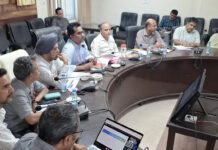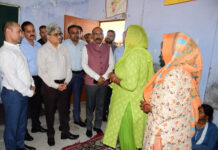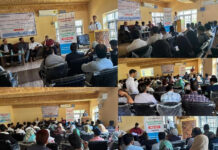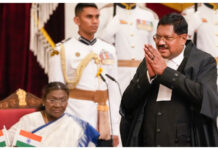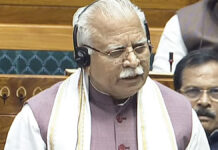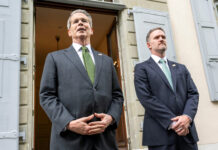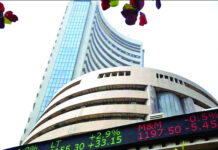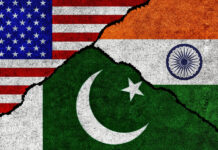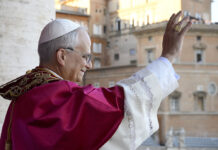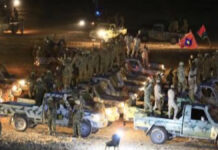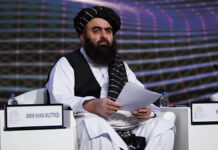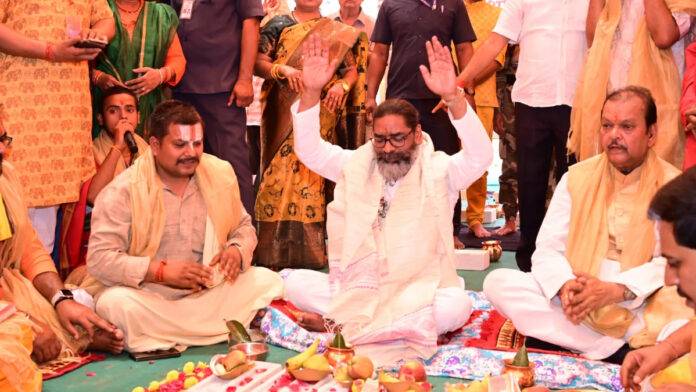AGENCY
NEW DELHI, Apr 14
There was something unusual in the air here on April 14 morning. The chants of sacred mantras echoed across the Tapovan temple premises, but beneath that spiritual rhythm ran a quieter, more potent current – one of political symbolism.
When Chief Minister Hemant Soren participated in the foundation laying of the grand Ram-Janki temple, modeled on Ayodhya’s Shri Ram Mandir, it was not merely a religious ceremony. It was rather a moment that hinted at a deeper shift in the political consciousness of Jharkhand.
This is a state long anchored in the politics of tribal identity, social justice, and secular discourse. In such a landscape, the image of a regional leader, once seen as a staunch secularist, raising chants of “Jai Shri Ram” alongside saffron-clad priests, represents more than devotion – it signals a strategic repositioning.
The temple, planned to rise 62 feet tall across a base of 108 by 108 feet, will be constructed using the same Makrana marble that was used to build the Taj Mahal. Designed in the Nagara architectural style by Ashish Sonpura, descendant of the family that crafted both the Somnath and Ayodhya temples, it is intended to stand both as a symbol of spiritual magnificence and seismic cultural assertion.
Addressing the gathering, the chief minister expressed a desire to deepen people’s devotion to the sacred site. With him stood former Union Minister Subodhkant Sahay, attributing the project’s beginning to divine inspiration and popular faith. Yet, beneath these statements lies another layer – one that cannot be ignored. It is the slow but certain migration of political vocabulary into once-forbidden terrain.
Ram, once monopolized by the Right, now returns, not as a partisan symbol, but as an idea reclaimed by those who once distanced themselves from it. Hemant Soren’s presence at the temple ceremony is a calculated reminder that cultural identity need not be surrendered to a singular ideological force.
It suggests that regional politics is no longer content with being reactionary – it seeks to shape the narrative. This is not just the foundation of a temple, but the laying of a counter-narrative – one that says religion and faith can be used not for exclusion, but for collective assertion. In this quiet corner of Jharkhand, a new political experiment is unfolding, where devotion does not contradict progressive governance, and Ram is not a vote bank but a cultural bridge.
The temple may rise in Ranchi, but its echoes will travel far beyond. Into alleys and corridors where faith and politics have long remained in uneasy tension. Perhaps that is why this day marked more than the beginning of stone and structure – it marked the return of ideas, reborn with context and conviction.


